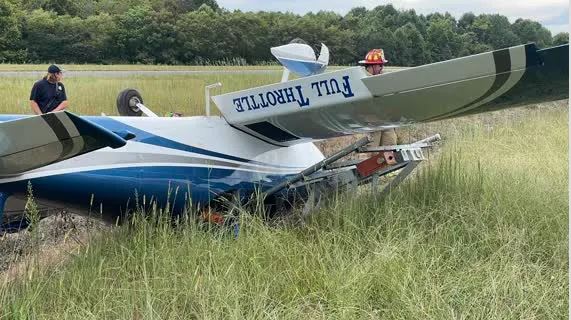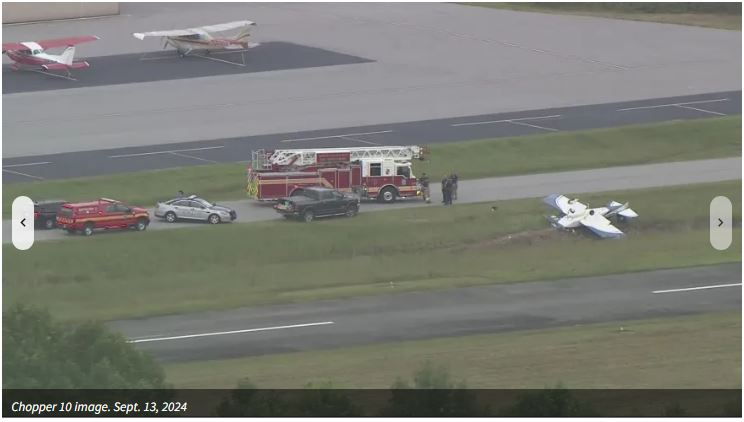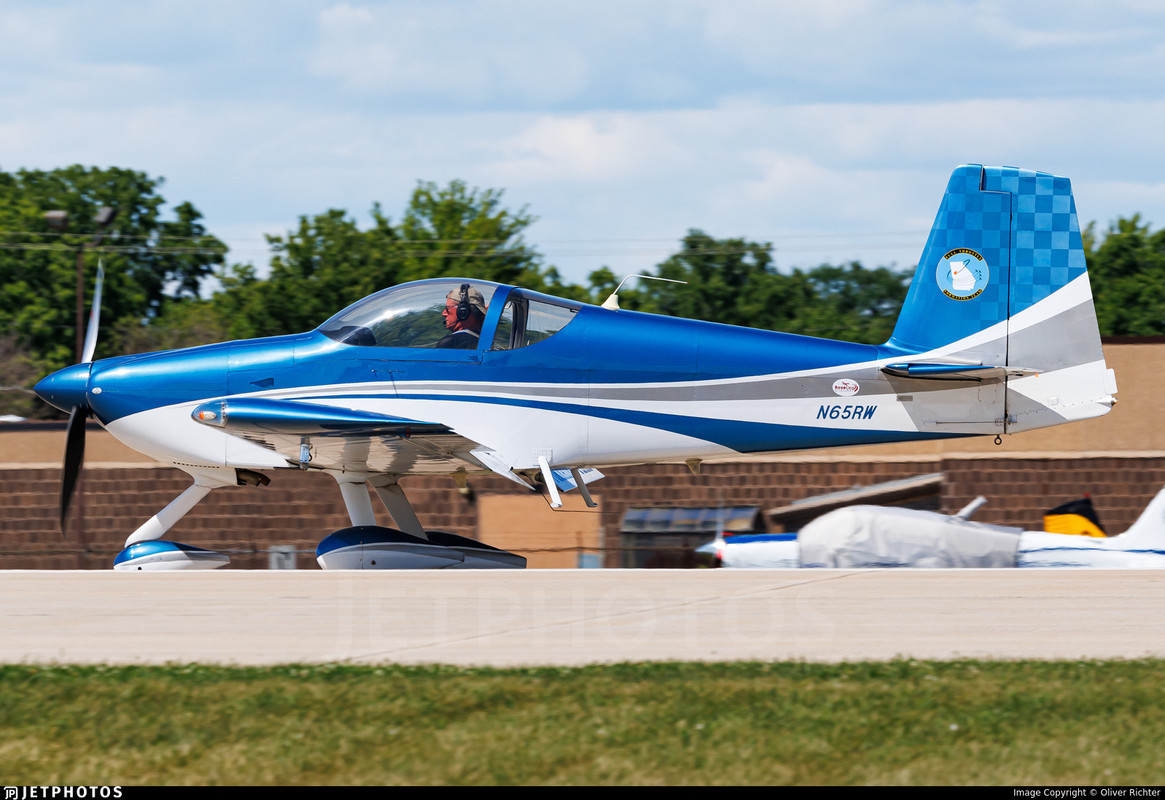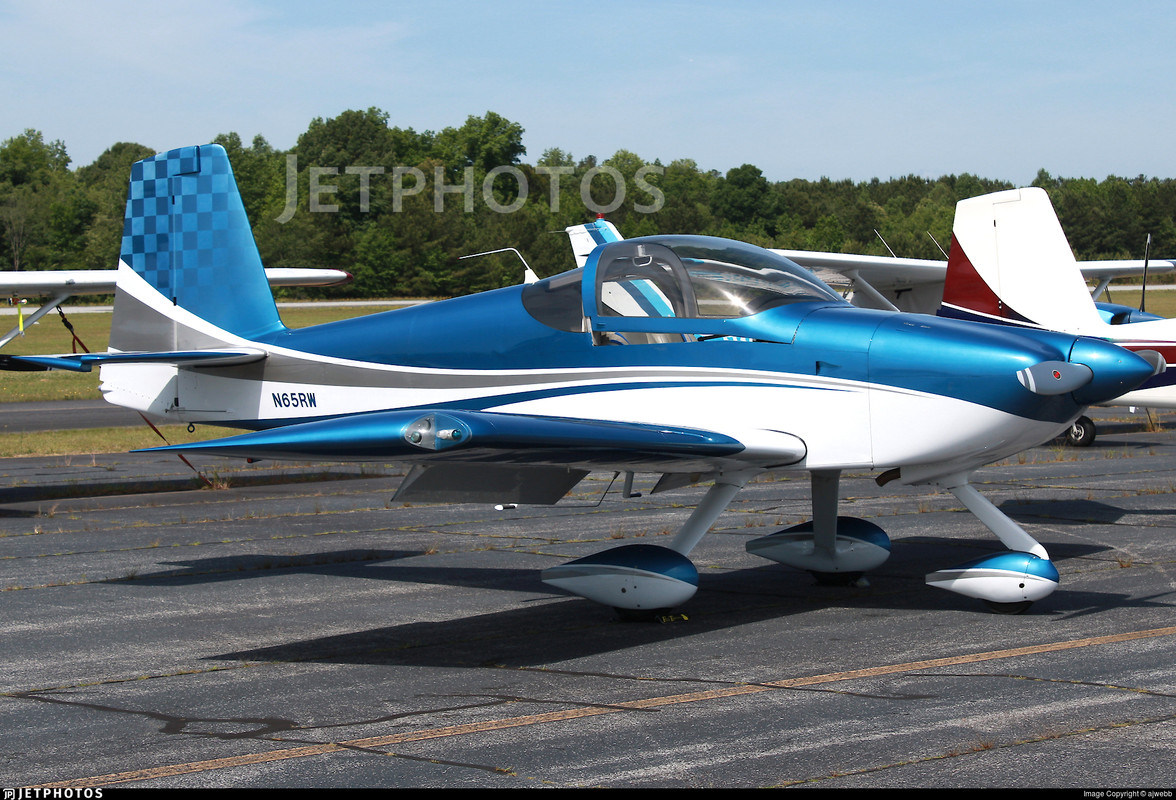RV7A - Final Report - N65RW
well, there you go, whip it in for a landing.
https://data.ntsb.gov/carol-repgen/api/ ... 195130/pdf
The pilot was attempting to land on a 60-ft-wide runway with a 10 to 15 knot left crosswind. He described that he was too high on the approach and made an aggressive right-wing low forward slip to lose altitude. While transitioning to complete the crosswind landing, the pilot misjudged his height above the runway and landed hard, damaging the nose landing gear. The airplane began to veer off the runway and the pilot aborted the landing. On the next landing, when the damaged nose landing gear touched down, the airplane veered off the runway, impacted a trench, and nosed over resulting in substantial damage to the right wing, vertical stabilizer, and rudder. Following the accident, the pilot stated that he should have gone around on the first landing attempt since he was not stabilized on the approach. He also reported there were no mechanical malfunctions or failures of the airplane that would have precluded normal operation.
Probable Cause and Findings
The National Transportation Safety Board determines the probable cause(s) of this accident to be:
The pilot’s decision to continue with an unstabilized approach which resulted in a hard landing and loss of directional control during a subsequent landing.
Steve Melton
N531EM, RV9A, Superior O-320, WW 200RV prop, Slick mags, CHT 330F, EGT 1300F, B&C, 1400+ hours
Freedom and Democracy are all that really matter.
Ride a bike, unlock the world.
https://www.rvplasticparts.com/



